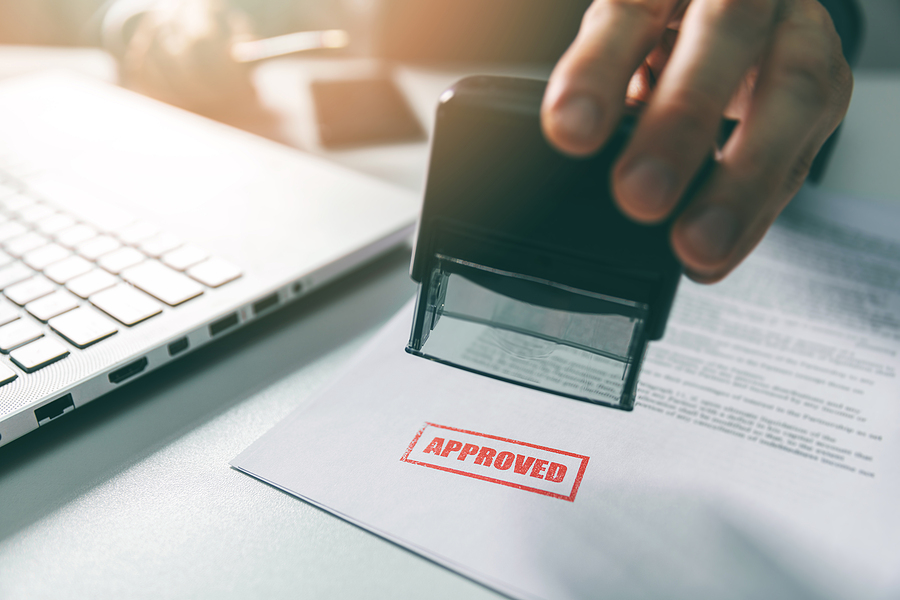The use of stamps dates back years centuries ago as a means of signage. Today, they are found in virtually all companies, large or small, to ensure all documents are authentically signed. However, nowadays, stamps are not as popular as they were in ancient days.
Not long ago, stamps were used to approve or authorize important company official papers before releasing them. Today, stamps are still in use to ensure propriety and proficiency in many companies around the world.
As mentioned, stamps have been with us for the longest time. As such, they too have experienced tremendous change that aims to improve usability. You will find the conventional rubber stamps, pre-inked and self inking stamps. Also, there are daters, custom, signature stamps among others. Today, we focus on the difference between pre-inked and self inking stamps.
What are Self Inking Stamps?
A self-inking stamp, as the name suggests, is one that prior to using it is loaded with ink. Pre-loading the ink is one way to save time during the stamping process. A piece of rubber within the stamp hits a separate pad as it stamps. As a result of using the self inking stamps, you get cleaner outcomes. You will change the pad and fill up the ink the moment it runs out.
Similar to the rubber stamp, a self-inking stamp features a small ink pad that re-inks after every impression. However, this version applies automatic technology as it re-inks on its own. A customized rubber die of your choosing is attached to the ink stamp. The die draws in changeably while touching the ink pad within the stamp upon making an impression.
You get an ink pad upon every purchase of self inking stamps. However, you can get additional ink for a color change-up. Ensure to pick the right ink for your self-inking bases.
Pre-inked Stamps
A pre-inking stamp offers accurate impressions with greater details of the designs. Here, the ink reservoir is located behind the stamp, which requires you to fill up with oil-based ink. These stamps can go up to 50,000 impressions before refilling. For this reason, pre-inked stamps are best for imprints with intricate details such as logos.
The difference between Self inking stamps and Pre-inked Stamps

Now that you know how the two work, it is clear that they differ in appearance and usage. Self inking stamps re-inks after every impression, providing excellent quality work. Pre-inked, however, come already inked on the personalized information whereby the droplets penetrate the impression area coming from the reservoir at the rear.
The best way to know which stamp is best for you is knowing the purpose you intend to use it. Self inking stamps are ideal for making repeatedly fast stamping whereas pre-inked are not. However, for sharper, crispier, and premium quality impressions, pre-inked stamps are the perfect go-to.
While self inking stamps last 10,000 impressions, pre-inked can go up to 50,000 before the next refill. It takes a simple press to work with a self-inking stamp, and it can tackle rough and heavy applications.
Self inking stamps use various types of inks which is ideal for periodic re-inking, whereas pre-inked use the same type of ink throughout. Both stamps are easily refillable and provide decent impressions.
Many people use the term self-inking and pre-inked stamps interchangeably. However, that is not the case, given that they operate differently to deliver results. Now that you know the difference between the two, you will make a better buying decision on your next purchase. Self inking stamps are the most common among the two as they are affordable and provide ease of use. The best thing about these stamps is that they deliver quicker results.
